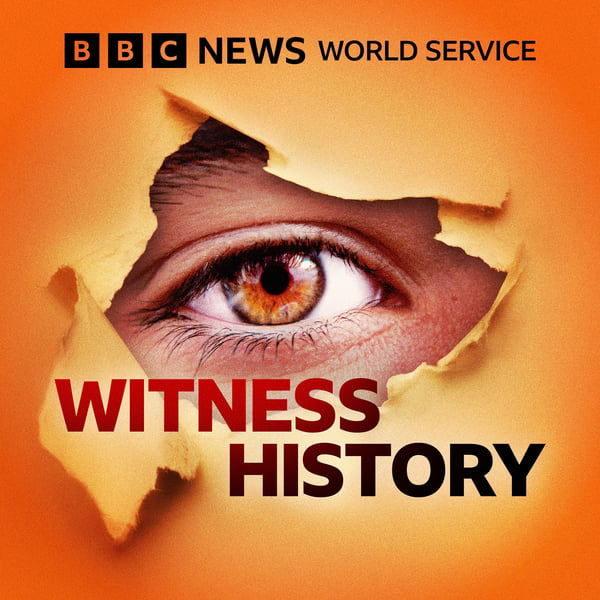Sir Don McCullin’s photo of a US marine
Witness History
BBC
4.4 • 1.6K Ratings
🗓️ 15 June 2023
⏱️ 10 minutes
🧾️ Download transcript
Summary
Transcript
Click on a timestamp to play from that location
| 0:00.0 | Hello and welcome to the witness history podcast from the BBC World Service. In this program, |
| 0:10.9 | Louisa Dalgo is talking to one of the world's greatest photographers about his memories |
| 0:15.1 | of the war in Vietnam and the shocking pictures he took on the front line. |
| 0:19.6 | It's 1968 and the Vietnam War is at its height. American soldiers are battling to defend |
| 0:25.7 | the South Vietnamese city of Huay. With them is a young photographer, Don McCullen, |
| 0:30.9 | and it's there among the blood and the carnage that he will take a photograph of a US Marine |
| 0:36.0 | staring silently into space, dazed and shell-shocked beneath a grimy helmet. |
| 0:41.5 | I dropped on my knees and I photographed five frames of him. Each of those individual frames, |
| 0:47.6 | you cannot tell the difference of those negatives. There's not one blink of an eyelid with this man. |
| 0:54.2 | That photograph would come to be seen as one of the iconic images of the war, |
| 0:58.8 | but not to the man who took it. It seems to be the one photograph I've taken in Vietnam that |
| 1:03.8 | everybody seems to think is my best picture. I don't think it is. What for you are the images |
| 1:09.8 | that you took that for you symbolise that? Tender pictures of men caring for other men, |
| 1:15.3 | you know, men carrying men, you know, Vietnamese father and his child who were hiding in a bunker, |
| 1:22.3 | and somebody threw a hand grenade in the bunker as the American army do. They call it fire in the |
| 1:27.1 | hole because there was a family in there. It was on the 1st of November 1955 that the United |
| 1:33.6 | States government set up a special group of military advisers to train the army of South Vietnam |
| 1:39.3 | to fight the communists of the North. A soldier is trained to command, but there are times and places |
| 1:45.8 | where all he can do is advise. Such a place is the Republic of Vietnam, where the American |
| 1:52.7 | military adviser is expected to observe, draw conclusions and give counsel. But increasingly, |
| 1:58.8 | it became clear that advice and equipment and money were not enough to hold back the |
| 2:02.7 | guerrilla forces of the North. In 1965, President Lyndon Johnson ordered the 1st American combat |
... |
Please login to see the full transcript.
Disclaimer: The podcast and artwork embedded on this page are from BBC, and are the property of its owner and not affiliated with or endorsed by Tapesearch.
Generated transcripts are the property of BBC and are distributed freely under the Fair Use doctrine. Transcripts generated by Tapesearch are not guaranteed to be accurate.
Copyright © Tapesearch 2025.

